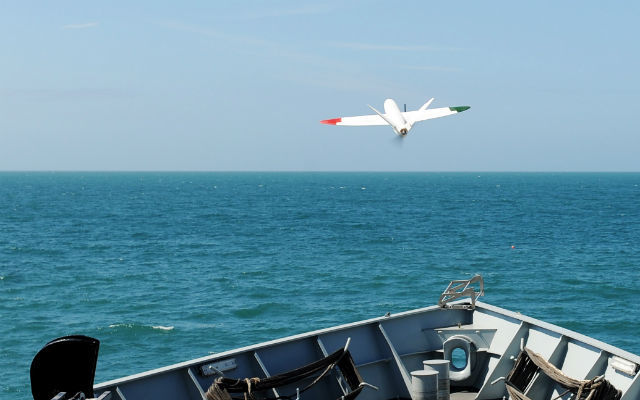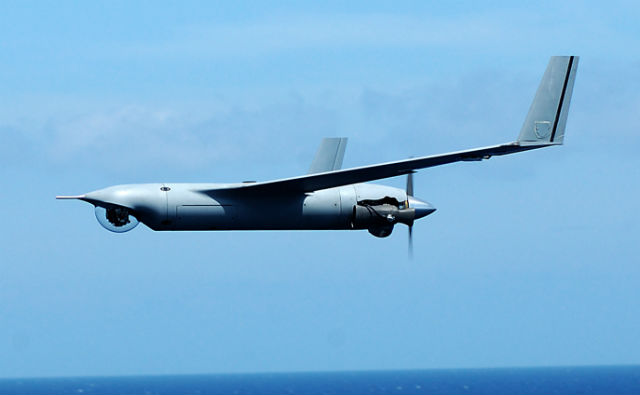While the UK Royal Air Force has an abundance of operational unmanned air vehicle experience, its naval sister service is a relative novice in UAV operations, and is exploring a variety of ways to approach the integration of such technology.
First Sea Lord Adm George Zambellas appears to be behind the change in approach, as his advocacy for UAV use in RN operations has led to many current efforts being introduced under his watch.
One such effort is the Rotary Wing UAS (RWUAS) programme that kicked off in August 2013, when a two-year capability concept demonstration (CCD) contract was awarded to AgustaWestland with relation to its SW-4 Solo optionally-piloted helicopter.
In a move to develop a system that could be ship-launched in the 2020 timeframe, the RWUAS CCD contract was highly sought after. AgustaWestland beat Northrop Grumman/QinetiQ and Lockheed Martin/Saab teams – companies with copious amounts of UAV development experience – to the award, despite having relatively limited knowledge in this area.
The team has now carried out the demonstration, AgustaWestland says, and results are pending from the Ministry of Defence, which is expected to release details within the coming month.
Another ship-launched endeavour supported by the navy was the launch of a 3D-printed model UAV from its patrol vessel HMS Mersey in July.
A team launched the Southampton University Laser Sintered Aircraft (SULSA) UAV under its Project Triangle, demonstrating the potential of lightweight platforms that can be used for short-range surveillance.

Crown Copyright
The 5min sortie covered a range of 500m, with the UAV carrying a small video payload to record the mission so that operators could monitor it during the flight. The project was supported by Zambellas, who offered HMS Mersey to aid the development of SULSA.
The navy's first unit dedicated to unmanned operations – 700X Naval Air Squadron, based at RNAS Culdrose in Cornwall – was established in December 2014 to support the Insitu ScanEagle UAV that is operated under a contractor-owned, contractor-operated agreement. This has seen the ScanEagle deployed from Type 23 frigates HMS Kent, Northumberland and Somerset, plus the Royal Fleet Auxiliary ship Cardigan Bay.
“It's well known that our first squadron of remotely piloted aircraft have proven their worth in the Gulf, providing persistent airborne surveillance across huge areas of sea," Zambellas says. The SULSA trial will help the service to explore how “simple, automated systems have the potential to replace complex machines”, he adds.
Insitu's parent company Boeing confirmed in July that its contract with the UK for ScanEagle operations has been extended until 2017, from an originally two-year, £30 million ($47 million) agreement signed in June 2013.

Boeing
Longer term, the navy plans to introduce a new programme that is due to begin in 2022, although it has not yet revealed the requirements for any future unmanned system.
Boeing says there are no negotiations to continue the ScanEagle operations beyond the current contract terms, but that it will “clearly offer it to fill the gap” if required by the RN.
Source: Flight International























